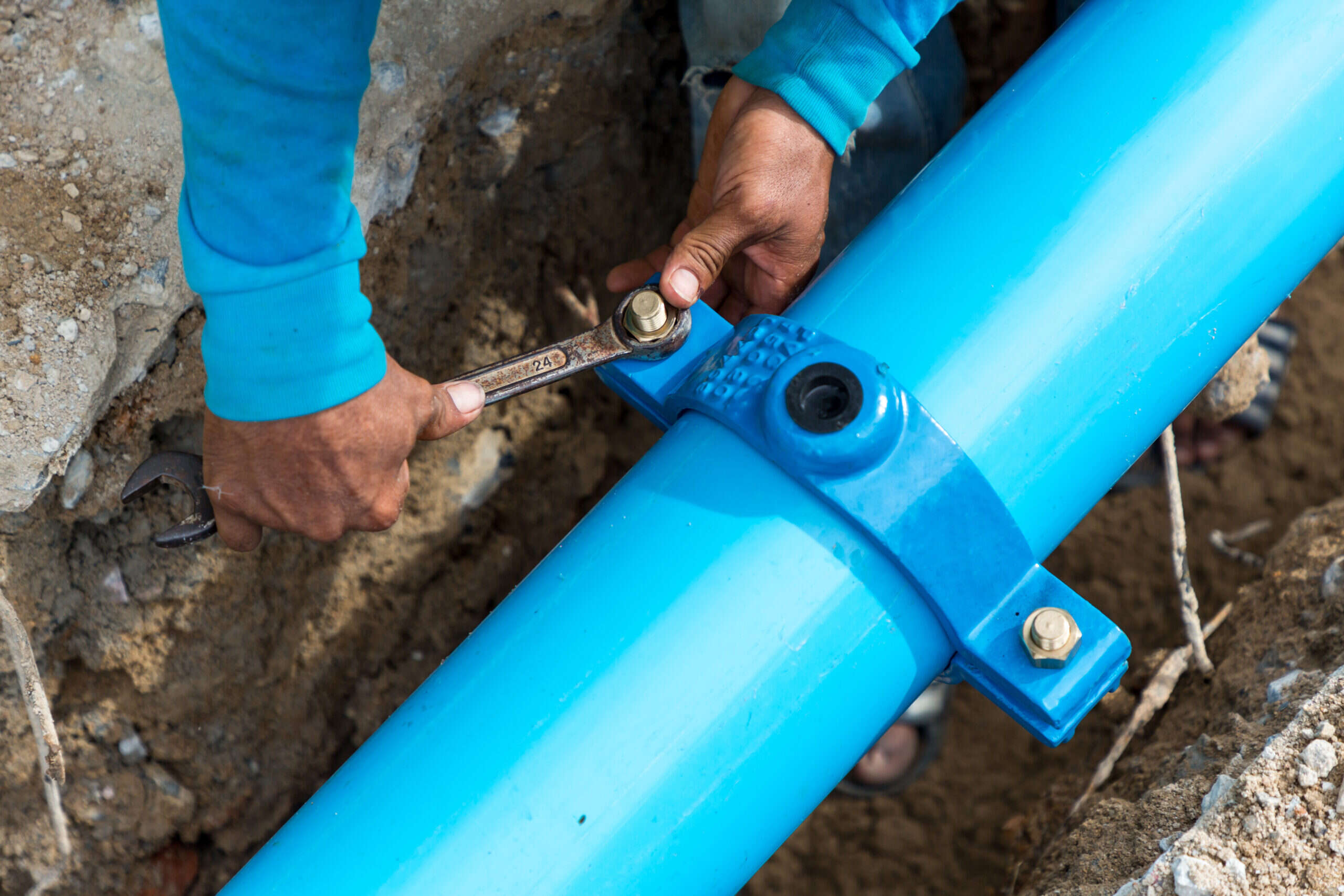
A trial project in the North of England aims to deliver gigabit broadband connections to rural communities by feeding fibre optic cable through their water pipes. The ‘Fibre In Water‘ scheme aims to connect an estimated 8,500 homes and businesses through 17 kilometres of live drinking water mains between Barnsley and Penistone in South Yorkshire.
Digging up roads and installing new infrastructure can make up as much as four-fifths of the cost of a traditional gigabit broadband network, and can cause disruption to local communities. The Fibre In Water scheme hopes to demonstrate a greener, quicker and more cost-effective way of connecting fibre-optic cables, organisations involved in the project told Tech Monitor.

South Yorkshire’s ‘Fibre In Water’ trial
The ‘Fibre In Water’ network will be used to connect 5G masts to bring fast and reliable wireless broadband to hard-to-reach communities where wired solutions are too expensive to deliver commercially. “We’re committed to getting homes and businesses across the country connected to better broadband and this cutting-edge project is an exciting example of the bold measures this government is leading on to level up communities with the very best digital connectivity,” said digital infrastructure minister Julia Lopez.
The trial is the first of its kind in the UK and could lead to new gigabit connections in people’s homes as soon as 2024. If successful, the project could be replicated in other parts of the country, according to the Department for Digital, Culture, Media & Sport (DMCS). This could assist the government’s £5bn Project Gigabit, cited as the biggest broadband roll out in British history, which aims to provide gigabit connections to millions of rural homes and businesses that would otherwise have higher costs of connection.
In addition to providing gigabit broadband, the trial will also explore how fibre can help water utility companies detect leaks, operate more efficiently and lower the carbon cost of drinking water. In the UK, 20% of water put into public supply is wasted due to leaks every day. With current technology, it can be difficult for water companies to quickly identify the exact location of a leak and carry out a repair, DCMS said. The overall project aims to help UK water providers deliver a 50% reduction in leakage.
The first phase of the project, which launched today, will focus on the legal and safety aspects of the solution as well as ensuring that combining clean water and telecoms services in a single pipeline is safe, secure and commercially viable.
The project will be led by Yorkshire Water working with Arcadis and the University of Strathclyde. The government has allocated £1.2m from the HM Treasury‘s Shared Outcomes Fund to the winning consortium to proceed with the design stage of the project, with the remaining £2m funds to be granted once this stage has been reviewed.
How does Fibre In Water broadband work?
Water pipes have a direct and uninterrupted route from the property boundary to the premises, making them ideal to use as a conduit for broadband, explains Andy Harris, CEO of Craley Group, whose in-pipe fibre optics technology will be used in the project. The company was originally focused on helping water companies manage their pipes through connected sensors and leak detection, but since 2017 has seen growing demand for gigabit communications. It has delivered smaller-scale projects, in the UK, Spain and the US.
There are two techniques to put fibre optic cables into water pipes, Harris explains. The first is the ‘deep pressured technique’, in which the water is turned off, equipment is put into the pipe, then the water is switched back on to push that equipment along the pipe.
The second technique involves feeding the cable through the pipe without stopping the water supply. “It’s taken probably four years to develop that,” says Harris. This technique is preferable for communities that are served by a single pipe, and will be used in the South Yorkshire trial.
The technology has been approved by the Drinking Water Inspectorate (DWI), said DCMS and Yorkshire Water.

A ‘coming together of minds’
Yorkshire Water is now in the process of appointing a telecommunications provider to partner with on the project, says innovation programme manager Sam Bright. Managing that relationship is one of the most complex elements of the project, he explains.
“If we have a leak that needs repairing, at the moment we could just go and repair it because it’s our network. In the future, if that leak had an impact on the telco we’d have to coordinate with them,” Bright explains. “All of those processes all need to be established up front, so there’s a huge amount of legal work to do in order to agree those arrangements.”
Bright adds the project has received the support of local communities. “We’ve had really great local support and that’s been really great in helping us deal with our plan,” he explains. “We’ve got a really credible and ambitious plan for making this a reality and that’s all down to the many individuals feeding into it over the past year while we’ve been building it up.
“So it’s been a real coming together of minds, I would say.”






